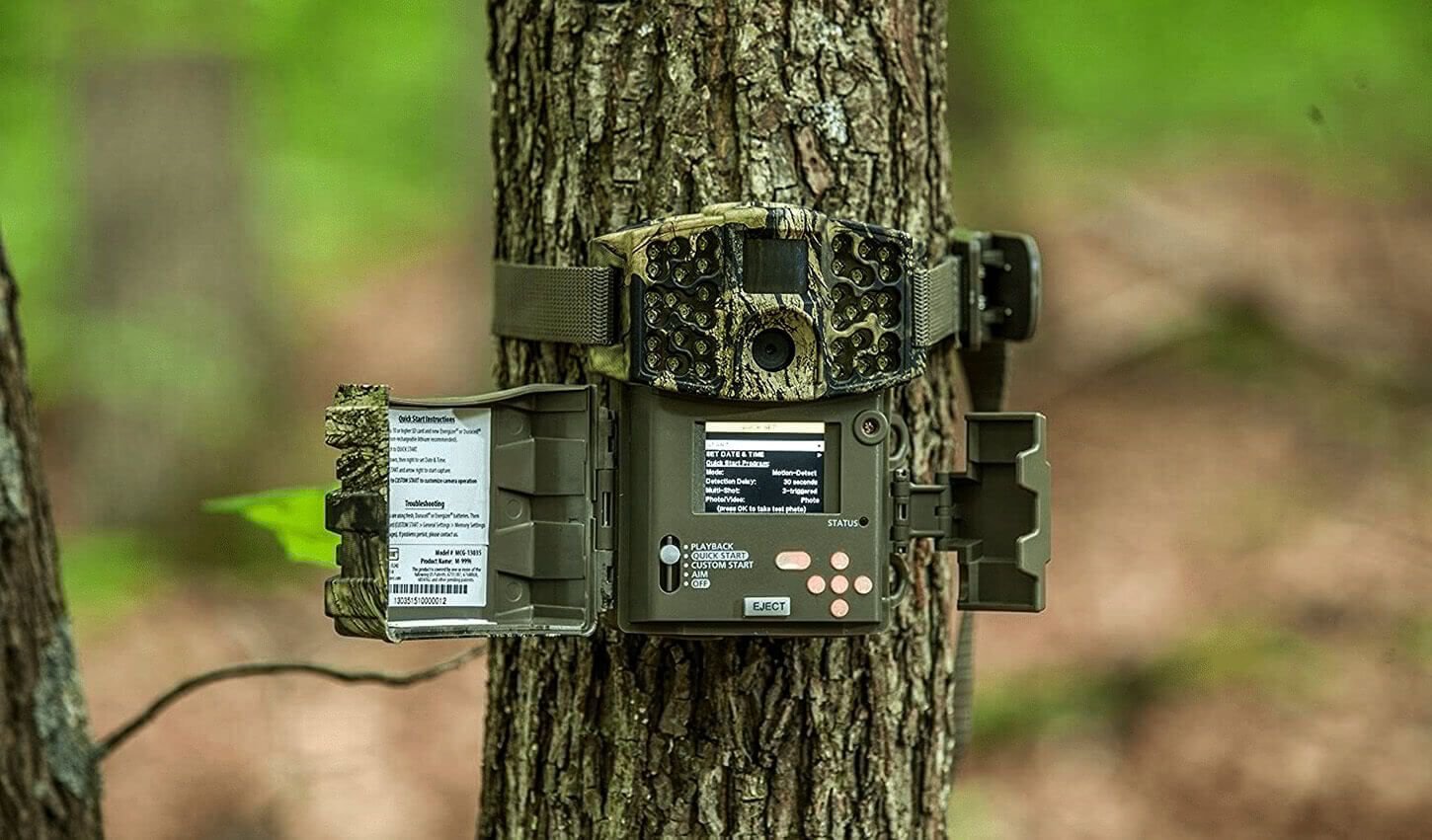
Trail cameras, also known as game cameras, remote cameras or camera traps, are very popular with sportsmen and researchers who find it pleasurable or necessary to photograph wildlife.
Although their popularity has increased in recent years, trail cameras have been used for decades to conduct ecological and wildlife studies.
Their primary purpose is to capture photos in a way that eliminates human interference, thereby preserving the integrity of the natural landscape.
The earliest examples of trail cameras functioned just like the traditional cameras which existed before the digital age of photography.
The film had to be loaded into the camera and taken for processing to a laboratory. Today it is much more common to find trail cameras that function as a digital camera, allowing for more pictures to be taken and transferred to an internal memory card. Photos can then be transferred to a computer or copied to a disc for archival storage.

Most trail cameras operate on a trigger mechanism. The trigger can be motion-activated, snapping photos when motion is detected in the camera’s field of vision, or they can operate via an infrared sensor which cues the camera to take pictures when a light beam is broken.
A few trail cameras are non-triggered, meaning that they either capture images continuously or on a schedule which is determined by the camera user.
As with any digital camera, battery life is a concern, and this makes triggered cameras a preferred option.
One of the most important aspects of any trail camera is its ability to withstand the elements. These cameras are designed to withstand water, the wind, and excessive heat.
Most are housed in a hard protective case that will prevent captured images from being destroyed.
Why Use a Trail Camera?
The uses for a trail camera are limited only by the creativity of those who use them. While they were originally designed for scientific purposes, trail cameras today are being used in many different capacities.
Hunters use trail cameras to photograph game trails or observe feeding areas to determine the best time to hunt wild game. A deer hunter can use them to determine if deer are passing in the vicinity of a stand or blind.
A trapper can use them to see if an area is suitable for their traps.
Some farm owners have even used trail cameras to identify a predator that might be raiding their hen house at night. The majority of trail cameras today are used for these and similar purposes.
Of course, researchers still use trail cameras to collect data and analyze the behavior of animals in the wild, especially those that are nocturnal. Being able to eliminate human interference has given animal scientists the ability to record behaviors that would have been almost impossible to observe otherwise.
This type of scientific data is very important to protecting and developing new habitats for endangered animals.
Trail cameras are even used by paranormal and crypto zoological researchers! The popularity of paranormal television shows has encouraged armchair ghost hunters to do their investigations, and many of them use trail cameras to photograph areas where there are claims of paranormal activity.
Trail cameras have also become very popular for security purposes. Many people are using them for their home or a business they may own to catch out burglars, vandals, and trespassers. This is thanks to their compact size and being slightly more affordable than most home security systems.
What to look for?
Resolution/Quality of Image – Trail cameras ranges anywhere between about 3MP to 12MP. They all get the job done, but obviously, the higher the megapixels, the better the image quality will be. Just keep in mind that this also means that the images will be larger. We found that the sweet spot is usually around 6-8MP.
Night Range – This relates to the distance range the camera has to record images using the flash at night. The higher the range, the better, but just beware that the night conditions such as moonlight and cloudiness may affect the accuracy of the manufacturers claimed range.
Trigger Speed – The trigger speed is very important. If the speed is slow, you may not have the best images captured. The trigger speed refers to the amount of time it takes from when the wildlife is detected in the area to when the photo is taken. The faster the trigger speed, the better.
Battery Life/ Memory Capacity – Many of the trail cameras offer battery life of at least 6 months to a year. This allows you to place the trail camera in a discreet area for a long period before you check what has been captured. Larger memory capacity will allow the camera to store more images if there is more activity than anticipated. Most trail cameras do not come with built-in memory. Therefore an external SD memory card needs to be purchased separately.
Design – Probably one of the most important aspects of a trail camera is the design. The idea is for it to be discreet and not noticed, so a design that is camouflaged and also easily mountable to a tree is key here. The best game cameras are also light and compact which make them no fuss to carry around to the desired location.
